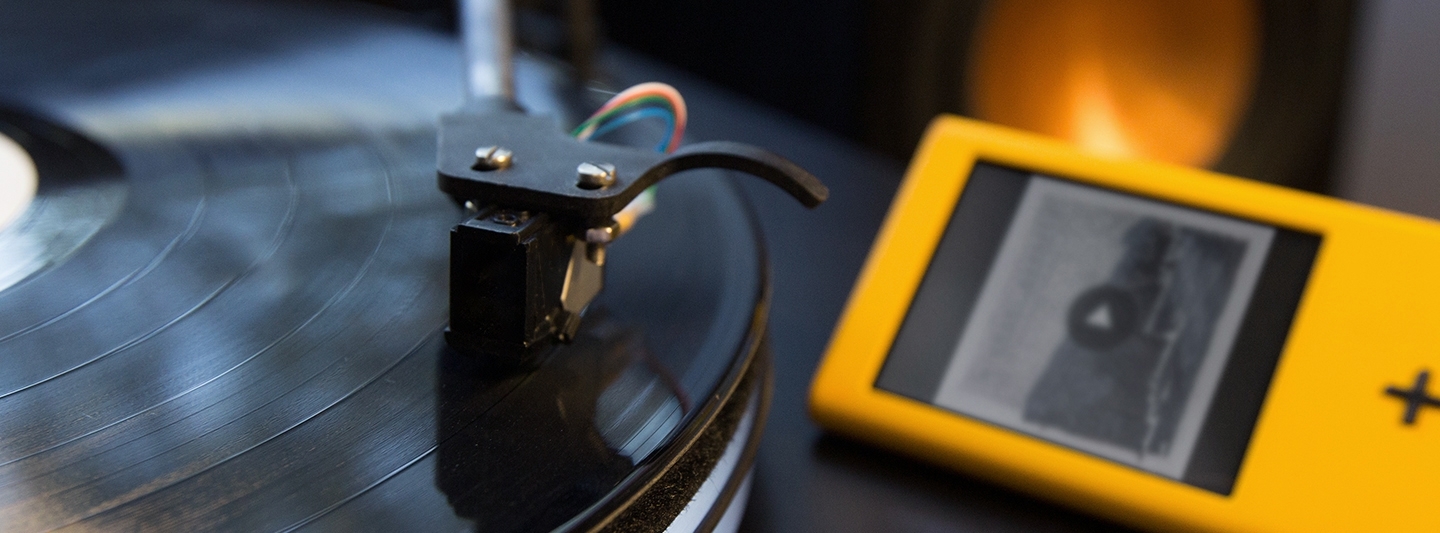It has been many years since 2500-foot reels of magnetic tape began to be put into storage in favour of computer hard drives capable of recording music faster and cheaper than ever before. But decades after the digital revolution, the debates around whether analogue recording or digital is better continues. We’re wading right in.
Analogue audio is named so because the “shape” or pattern of an electrical or magnetic pressure audio signal is analogous to, or looks like, the original pattern of changing air pressure that we perceive. On the other hand, digital audio is a mathematical description of the pattern of pressure. It is transmitted as a pulse wave, stored as a series of on/off switches (transistors), magnetic pulses, or optical pits and lands etc, and looks nothing like the original pattern of changing air pressure.
Picking Analogue over Digital or Vice-versa is Subject to Practical Considerations
Whether analogue or digital audio technologies are used often depends on practical and ergonomic factors such as ease of session recall, portability, maintenance costs, or the omission or addition of some features on a device. Therefore before getting into debates about the quality of sound, these are factors that could determine the choice between the two. A tried and tested format, analogue tape has editing limitations that discourage constant tinkering with the recording. It can be edited with simple splices and there are many classic analogue hardware processors available. When it comes to digital, the engineer has access to total recall of session setup and mix status, there is potential for wider dynamic range and very low distortion and noise. Digital has a wide variety of recorder options and non-linear operation. The engineer is able to access any part of the recording almost immediately. Furthermore, a great range of editing and processing tools are available and the editing process is non-destructive. The recording is highly portable, data can be copied and also shared across networks. Audio can easily be integrated into multimedia (web sites, DVD, games, video etc) and powerful software integration is possible with plug-in effects, processors and instruments. When it comes to answering the question of which medium is better, it is highly dependent on the quality of the systems (analog or digital) under review, and other factors which are not necessarily related to sound quality.
Myths Associated with Analogue Recording
- Vinyl vs CD
There are people who claim that vinyl has a more natural sound, wider bandwidth and dynamic range than CD, totally not taking into account that the electro mechanical problems associated with vinyl are huge and it is inferior to digital in almost every way. But vinyl can be a sound one likes because it filters high-end harshness, saturates low end and adds harmonic distortion. This seems to add “warmth” to the sound which many like. On the other hand vinyl degrades audio quality after successive generations of copies are made.
It is often claimed that CD quality digital is inferior because it’s limited bandwidth cuts out frequencies above the human audio spectrum which impact the frequencies we can hear. At the consumer end this is very negligible as there maybe other factors such as, speaker systems, headphones that have a far greater impact on the reproduced sound quality. - Analogue Reel Tape vs A to D converters
30 ips 2″ analogue tape is touted as sounding better than digital. While the former analogue tape can be preferred it also has a reduced dynamic range (tape compression), increased distortion and noise, cross-talk, and pitch/speed modulations.
An experienced engineer can use these characteristics to engineer a larger than life sounding record but these very characteristics can be,to a certain degree, emulated digitally and applied without the hassle at a fraction of the cost and time.
While it is claimed that there is a wide difference in quality between analogue to digital converters,certain sound engineers debate this and say they cannot tell the difference between modern converters (last 15 years) when they are running at at least 44.1kHz at 24-bit. Others claim that a conversion rate of 96khz at 24-bits is optimum.
How about a Hybrid Approach?
Many of today’s sound equipment designers came up studying the fundamentals of analogue design, and learned digital design and processing during the evolution of digital. This has led to a hybrid approach of using colorful transformers and tubes alongside super-clean analogue and digital processing for the best of both worlds. Recording artists like Lenny Kravitz led the way to digital, and then reverted back to analogue, and can give us a perspective about the extremes of each medium. By using good sounding analogue gear and even affordable converters, digital recording is not only acceptable, but can sound downright amazing.
Modern digital audio technology has come upon a trend of analogue emulation. Where in you can infuse cold sterile digital recordings with analogue warmth.
Engineers who can afford it still prefer using the ‘real deal’ as opposed to analogue emulation plugins, because of the workflow discipline one acquires when working within the limits of a tangible physical device, over a virtual imitation which is sonically not quite there yet.
The ideal approach would be to use a two stage process where
Stage one:
Analogue gear consoles,tape machines,equalizers, compressors are used to capture and shape the sound.
Stage Two:
Converting these recordings into digital data for editing and comping,corrections and even mixing.

